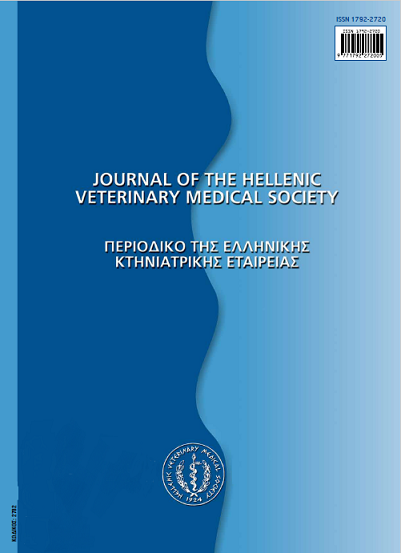The influence of transport on pig meat quality

Abstract
During the transport of slaughter pigs several typical forms of stress have a strong influence on the animals. Preparation of animals (early handling, indirect transfer systems, fasting period), transport (driving and loading of pigs to the vehicle, vehicle design, weather condition, loading density, driving style, transport time and distance, unloading of pigs), driving and lairage time of the pigs at the slaughterhouse are critical points within the pre-slaughter period. Although halothane status is the most important factor influencing pork quality, optimum-handling procedures pre-slaughter may make significant improvements to pork quality in those pigs carrying the halothane gene. Stress-reduced measures during the pre-slaughter handling of the animals are discussed. The elimination of the Hal gene, the duration of the fasting period (12-18 h), the careful driving and loading of animals in small groups, the vehicle design, the optimal loading density (200-235 Kgr pig/m2or 0,425-0,5m2/l00 Kgr pig), the considerate driving style, the fast unloading of the animals, and the adequate resting period before slaughter (2-4 h) are measures of outmost importance. The occurrence of the déviances in meat quality (PSE-, DFD-meat) in our country calls for the implementation of the abovementioned measures. All these measures require a lot of material, staff and time and can therefore increase transport costs. Good transport management on the other hand can avoid total losses and minimizes losses in carcass weight, damages of the carcass as well as the déviances in meat quality. It is therefore clear that animal welfare and operational efficacy are not necessarily irreconcilable.
Article Details
- How to Cite
-
RAMANTANIS (ΣΠ. Β. ΡΑΜΑΝΤΑΝΗΣ) S. V. (2017). The influence of transport on pig meat quality. Journal of the Hellenic Veterinary Medical Society, 54(4), 335–346. https://doi.org/10.12681/jhvms.15343
- Issue
- Vol. 54 No. 4 (2003)
- Section
- Review Articles
Authors who publish with this journal agree to the following terms:
· Authors retain copyright and grant the journal right of first publication with the work simultaneously licensed under a Creative Commons Attribution Non-Commercial License that allows others to share the work with an acknowledgement of the work's authorship and initial publication in this journal.
· Authors are able to enter into separate, additional contractual arrangements for the non-exclusive distribution of the journal's published version of the work (e.g. post it to an institutional repository or publish it in a book), with an acknowledgement of its initial publication in this journal.
· Authors are permitted and encouraged to post their work online (preferably in institutional repositories or on their website) prior to and during the submission process, as it can lead to productive exchanges, as well as earlier and greater citation of published work.


